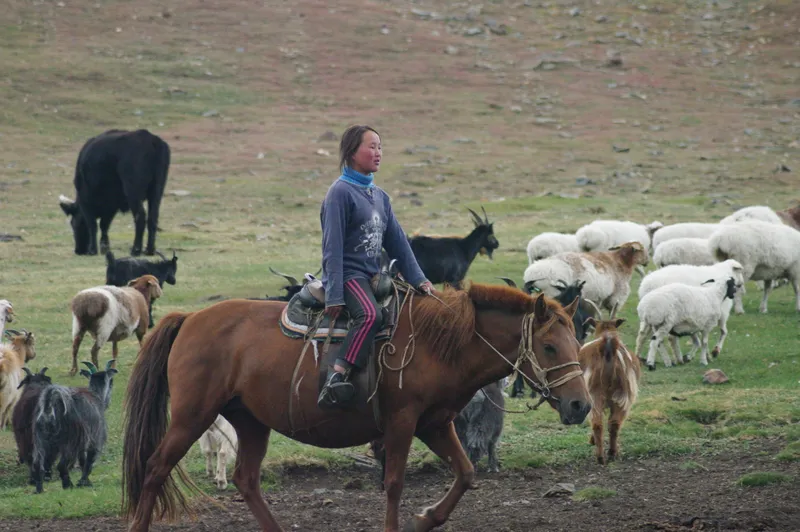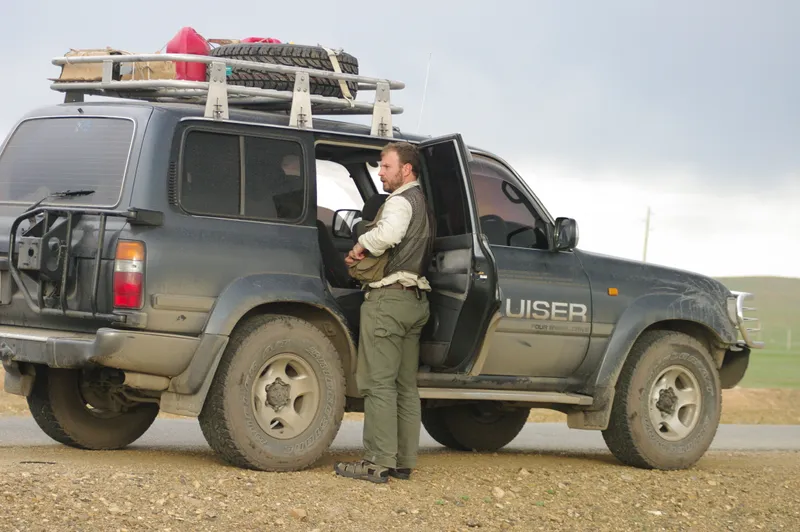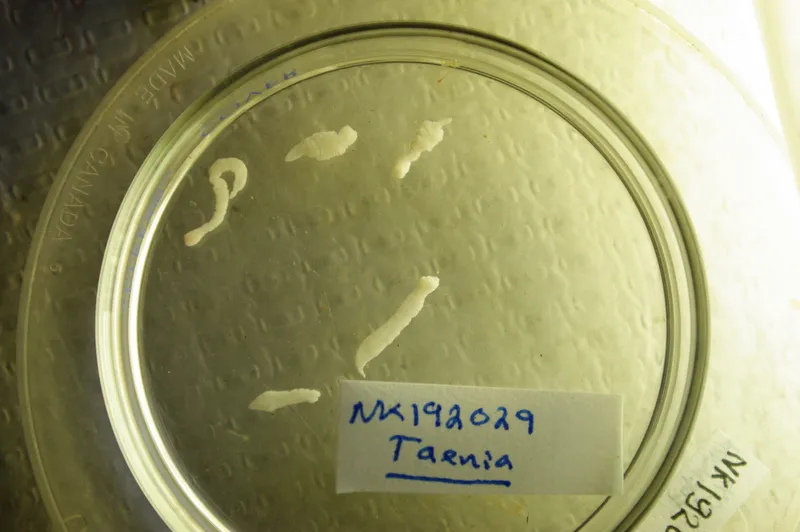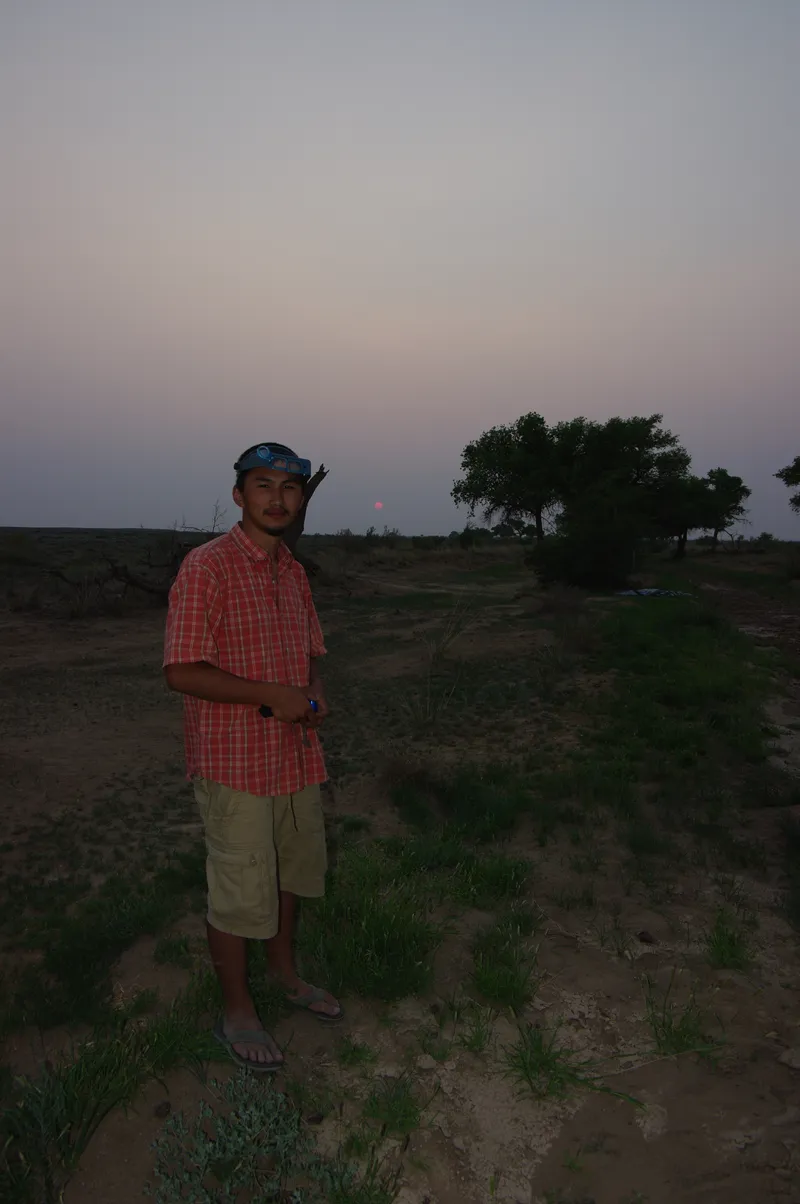A Short History of the Manter Laboratory
The Harold W. Manter Laboratory of Parasitology is ranked by parasitologists world-wide as one of the most important active centers of Systematic Parasitology. It contains the largest collection of parasites in a University museum world-wide and is the second largest in the western hemisphere.

The Manter Laboratory, University of Nebraska State Museum was established 29 March 1971 by Mary Hanson Pritchard with the installation of the globally important collection of parasites donated to the lab by the late Professor Harold Winfred Manter. In 1981 the HWML was designated by the American Society of Parasitologists one of three National Resource Centers for Parasitology and many students associated with the lab have been trained in systematic and ecological parasitology as well as other aspects of museology.
Notably, three Henry Baldwin Ward Medalists, the highest annual award that is given by the American Society of Parasitologists to early career parasitologists, were students in the HWML while Professor Mary Hanson Pritchard directed the laboratory (Professor Pritchard is now serving as Curator Emerita).
















